Do-it-yourself carpentry workshop: expectations and reality
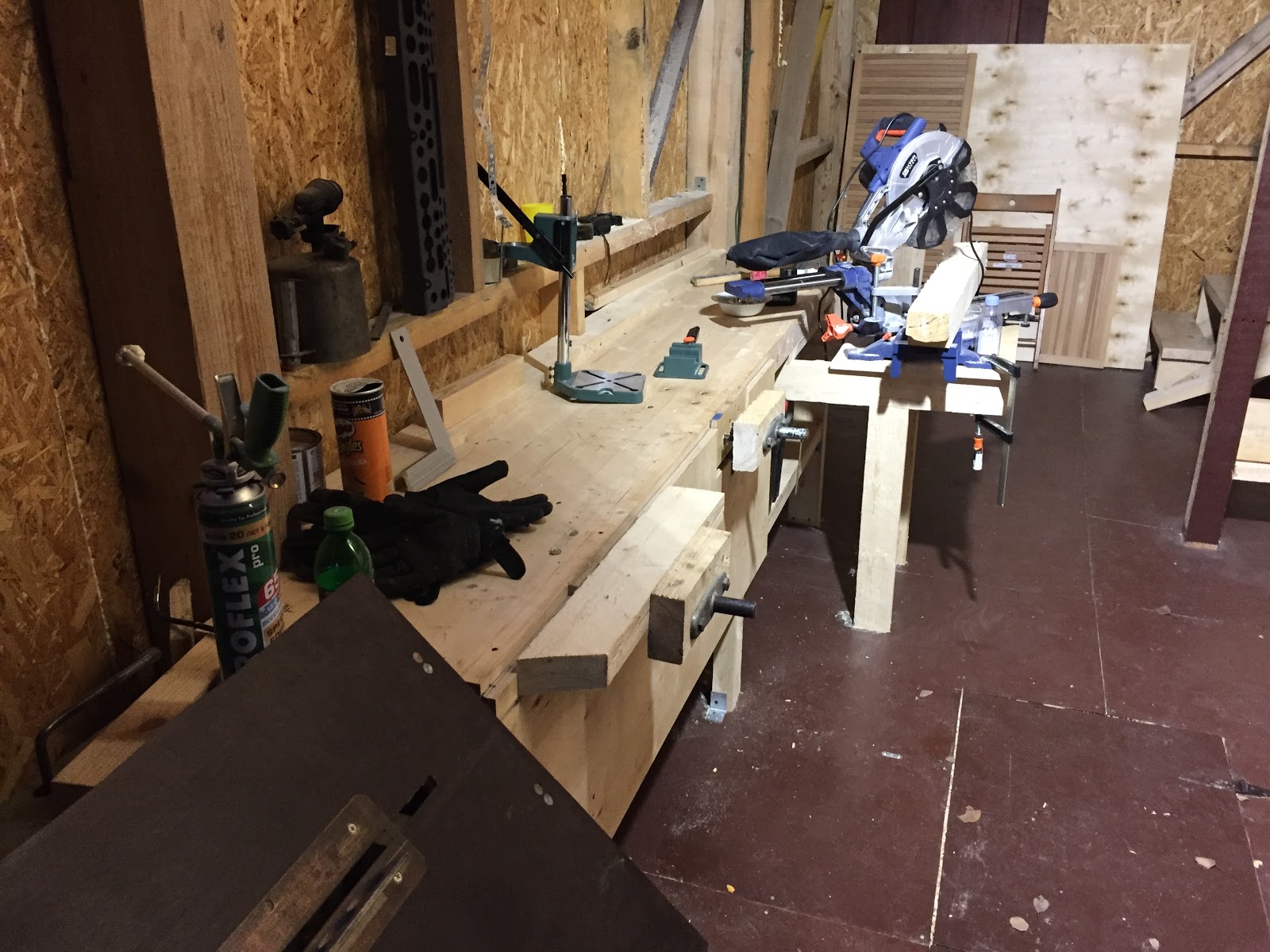
Why even make a carpentry workshop? I have no definite answer. If you just want to do something with your hands out of wood, then there are workshops in which you can come in, pay money for renting machines and a workplace, and do everything there. It is not necessary to have your own room and your own equipment. If you want to engage in woodworking as a business, then the competition is high, finding your niche is difficult. Therefore, I will begin by explaining my own motives.
It all started in 2015, when I realized that my old barn in the country will soon collapse and need to build a new one. I calculated the required area, amount of materials, estimated costs and time to build. Filled the foundation, the next year I bought wood and together with a friend began to build. Initially, I did not intend to do the workshop. I was just building a new barn to replace the old one, in order to keep the tools and equipment.

')
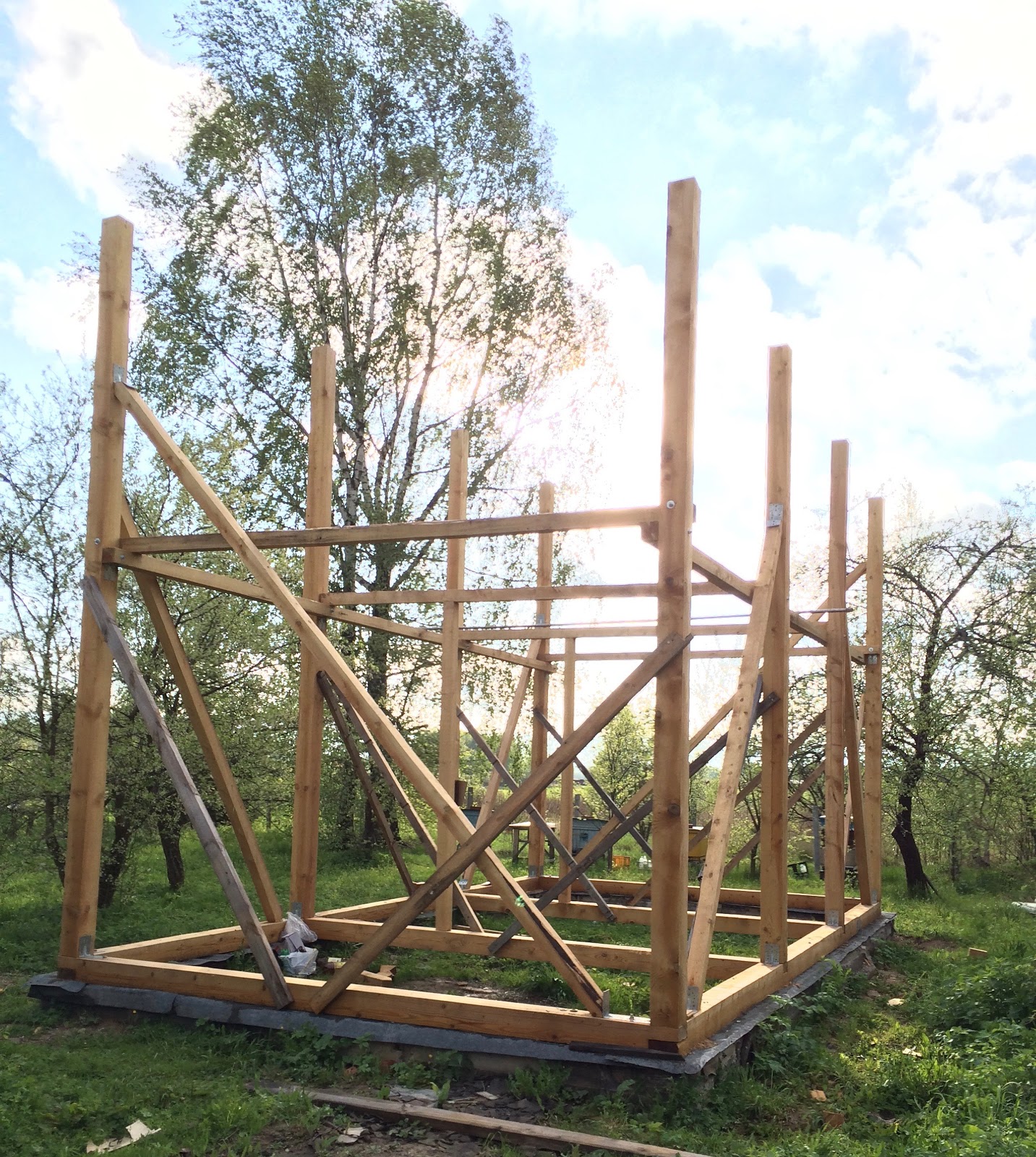
Naturally, everything went wrong during the construction process. A friend said: “we have such cool six-meter bars, why are we going to cut them?” And he proposed to build a two-story barn.
If you have ever built a frame structure, you see that we have made a lot of mistakes. Now I am gradually strengthening and redoing the barn. The next trick was the desire to make a basement: “until you have sewn it up, let's dig it up and fill the concrete?”. In general, I spent a total of two calendar years on the basement. Because of him, I could not close the floor on the first floor, although I already had a sheathed, fully prepared barn. Only on the second floor was the floor, and on the first floor there was a pit. She was flooded a couple of times, in general, it was a lot of fun. Therefore, my advice: do not make basements if you do not need them. In my basement now there are two boxes with apples, I, in fact, do not use it.
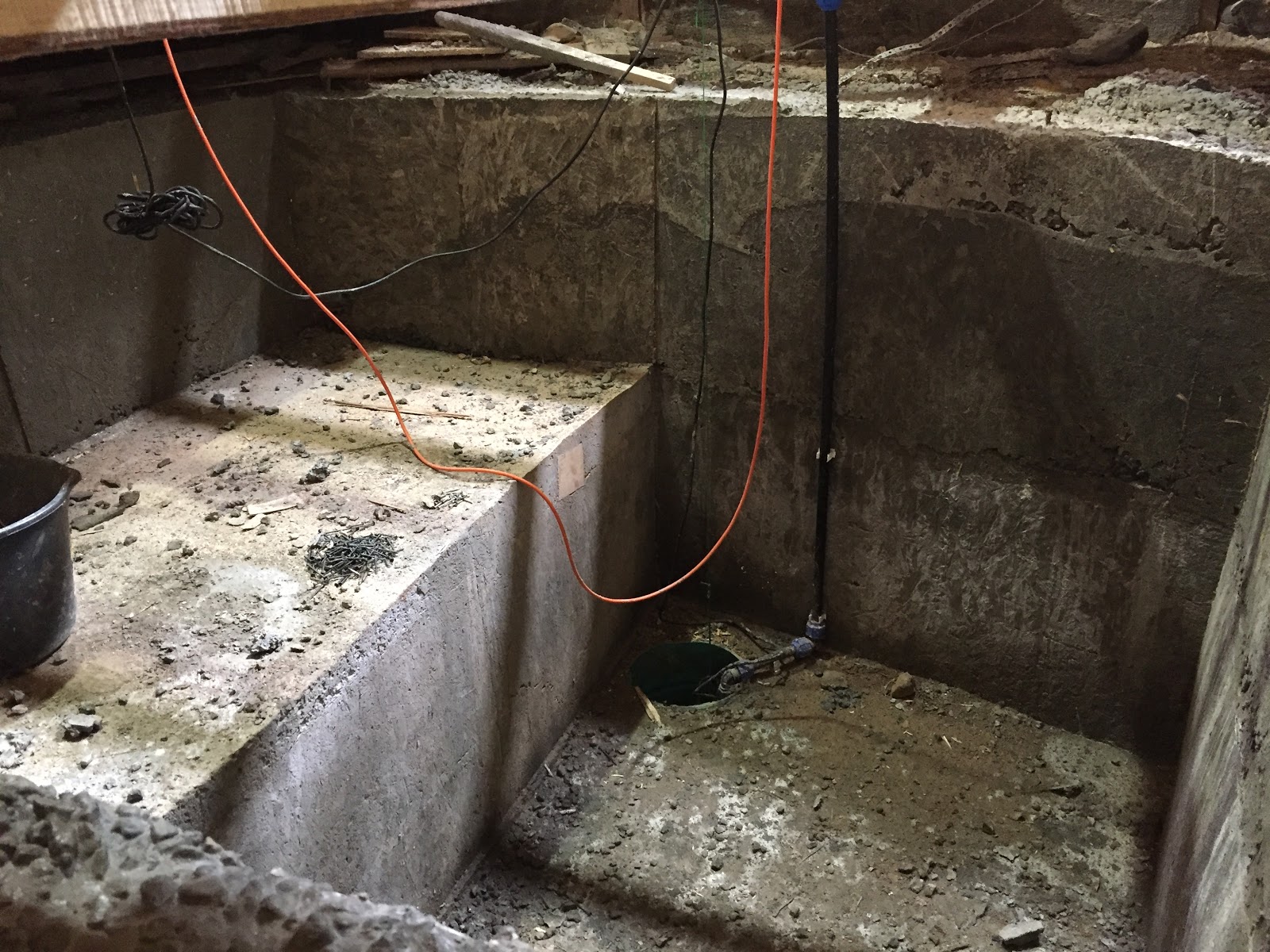
The area of the barn turned out about 80 m 2 . I began to wonder why I needed such a large room. I want to organize some kind of workshop, but which one? Began to think. Then I remembered that from my grandfather I got an excellent universal woodworking machine. We got it, collected it and thought that now we will start making furniture, beware, Ikea! Now we will buy more machines, we will come and do something for your pleasure.
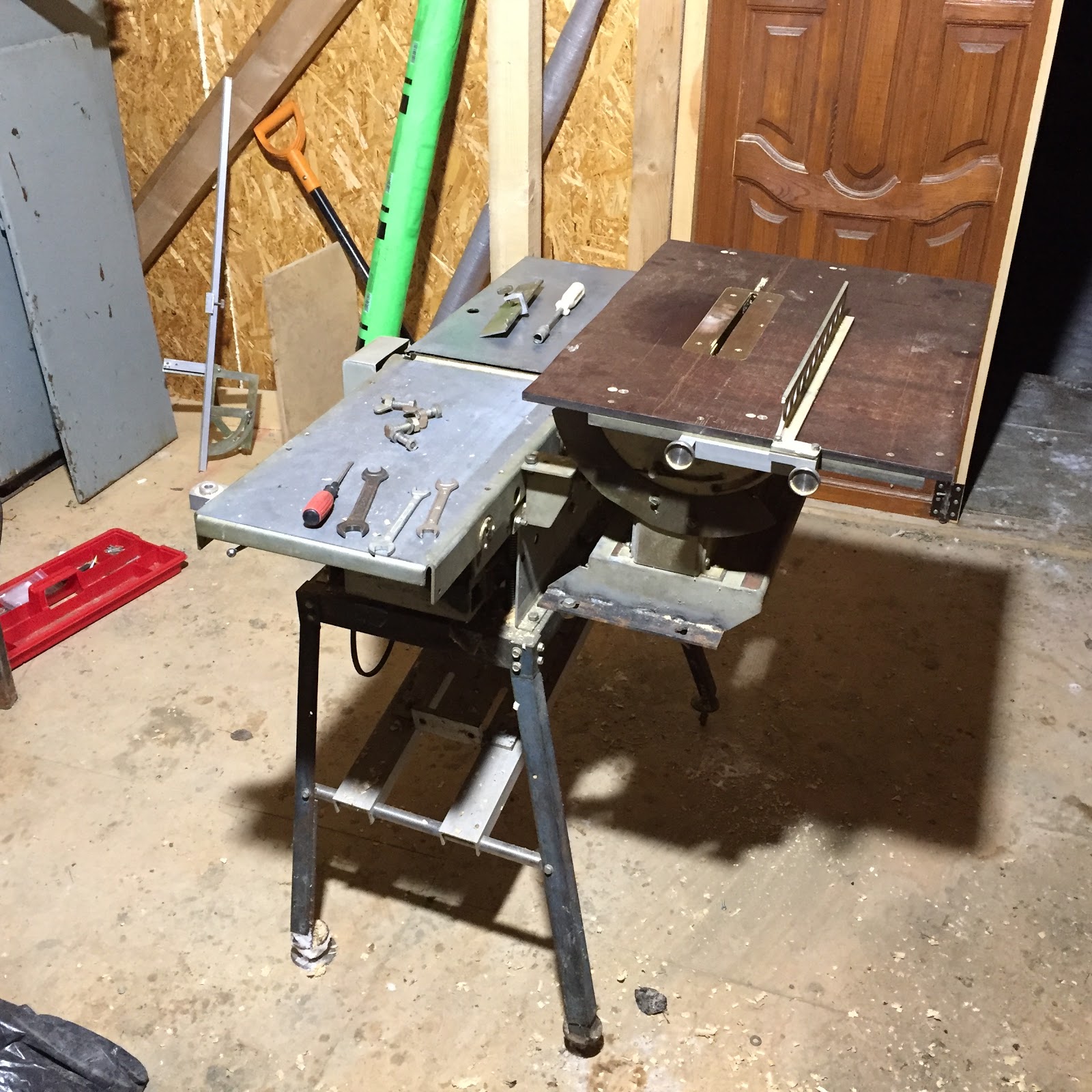
We wanted to make furniture, and this was the first obvious obstacle for me. Woodworking is quite a difficult task. Here you need a lot of specific knowledge that you can gain for a very long time. Therefore, I advise you to read the relevant literature or somewhere to learn. And then I didn’t understand it at all: “I have a machine, I have some money, I will buy other machines and I will do everything”. Naturally, this did not happen.
I began to understand what kind of tree manipulations I need to make and what I need to buy for this.
Sawing
First of all, the workpiece must be faced - to make smooth sawing, perpendicular to the workpiece. It does not matter what kind of furniture you make, stools or cabinet sets. It is important to be able to cut accurately, ideally, also at certain angles.
If you are a serious enthusiast, then you can do it manually with the help of the litter box. But still trimming saw is a must have in the carpentry workshop. Without it, it will be difficult.

It is desirable that the saw was with a broach, that is, allowed to cut a fairly wide workpiece. The tool is good and not particularly expensive. The main thing, as in any other tool, is that there is no backlash and you can set the angles you need.
Another tree you need to dissolve or trim , that is, cut along . This requires a circular saw, preferably installed in the cutting table. You can dismiss and manual circular with a parallel stop or on the guide bus, but it is much more convenient and productive to do it on the table.
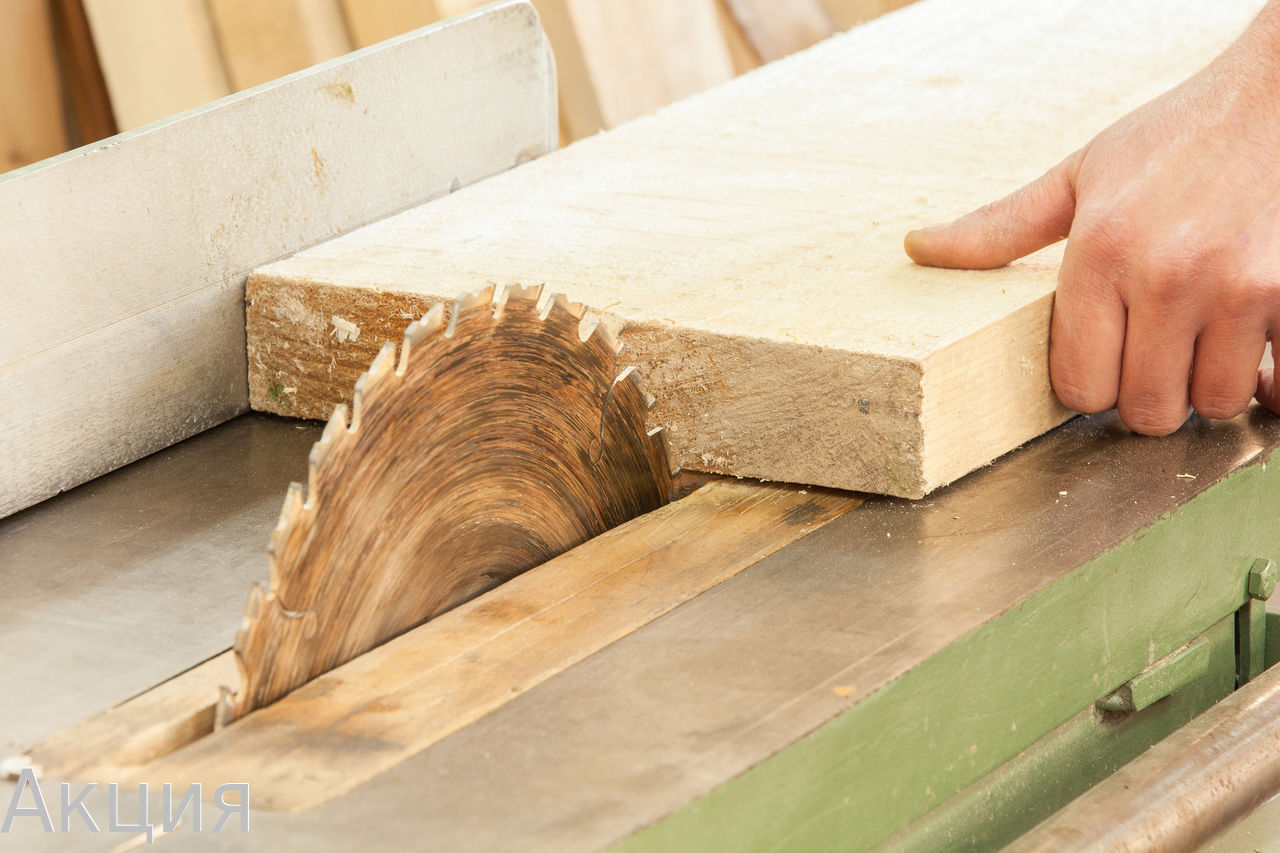
With the planing of wood, everything is more complicated, because it is not easy to cut off a fairly wide billet with a hand plane. To do this, you need to develop a skill for a long time, remove the wood in different directions, taking into account the location of the fibers, constantly controlling the uniformity of the removal over the entire width and length of the workpiece. Simplify your life - but not improve the quality of processing! - it is possible with the help of planer and reysmusovogo machines.

Important: the thicknessing machine does not replace the jointing, but complements! The jointer allows you to first get one flat plane from the workpiece, and the surface gauge on the basis of this plane aligns the opposite side. For beginners, this bundle of two machines makes it easy to get even workpieces of relatively large length and width, uniform in thickness. This is very important in the manufacture of furniture. But buying two machines is very expensive and for the amateur is often redundant. Therefore, there are a lot of manuals on the net, like making a surface gauge or a jointer from an ordinary manual planer and two bars.
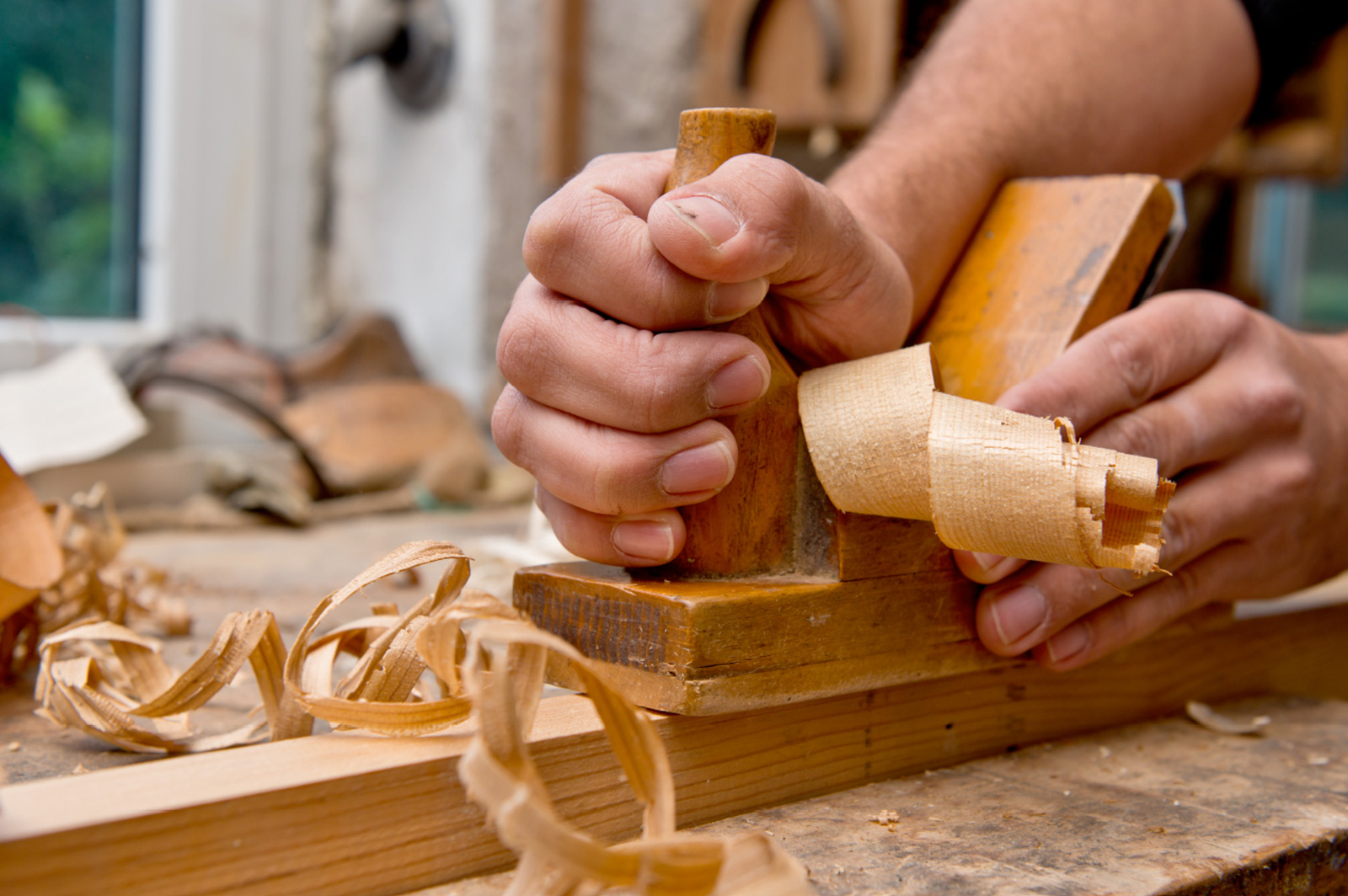
Turning
The three operations described — trimming, scoring, and thicknessing — will allow you to make only some very simple products. In an amicable way, still it is necessary to master the turning business, that is, to grind out the blanks, which are the figures of rotation. For example, round legs for stools or tables, vases, bowls, some other products. And without a lathe in this case can not do. Of course, you can turn to the experience of generations and make an adapter
If you want to do something harder than a cylinder, then you have to buy a lathe. Fortunately, this is one of the simplest machines, it is a cast-iron frame, a motor, a collet and an emphasis for a chisel (handcuff). In the secondary market, you can find a lot of interesting models, there are quite a few modern models.
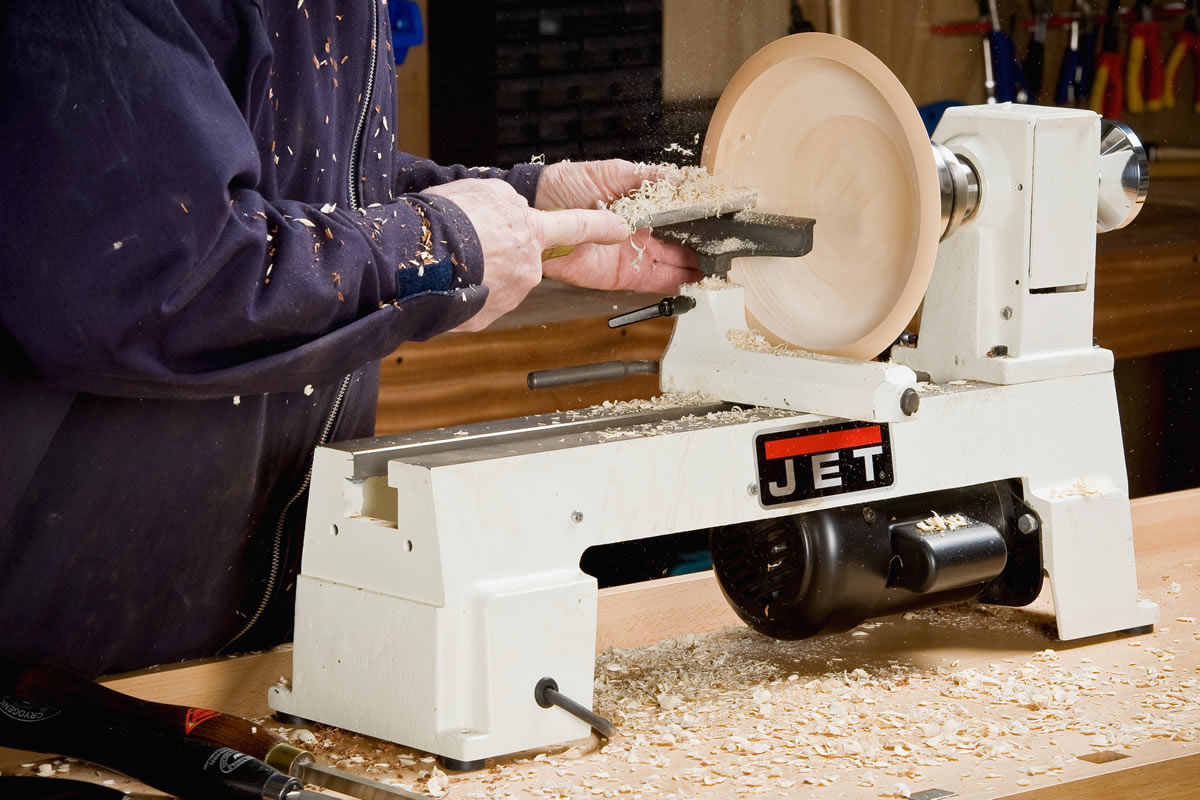
In order to have enough quality furniture, if you want to make it for yourself or sell, you will have to equip the workshop with many other equipment.
Drying
The tree must be dried , and dried by a certain method . Usually, a tree sells "natural moisture", that is, it contains about 25 - 40% moisture. If you make something out of such wood, then as the product dries, it will warp and crack. Regardless of how many layers of varnish you apply to it. Generally speaking, wood is a living material and subject to seasonal changes in air humidity, because of which its linear dimensions fluctuate during the year: in the length (along the fibers) fluctuations are extremely insignificant, and in wood width it can swell and shrink by tens of millimeters, depending on the overall size of the product.
Therefore, the main rule is that the wood should first be dried to 8 - 12% moisture, only after that it can be used.
How to dry a tree in the apartment? As far as possible from the batteries, fold the boards neatly, shift the layers in equal width bars and press down on top of something. It is advisable to paint the ends with paint, because here the moisture is most intensely evaporated and cracks can go along the boards. It is great if you can buy chamber-dried wood already dried, this will help to avoid numerous defects if you begin to dry yourself.
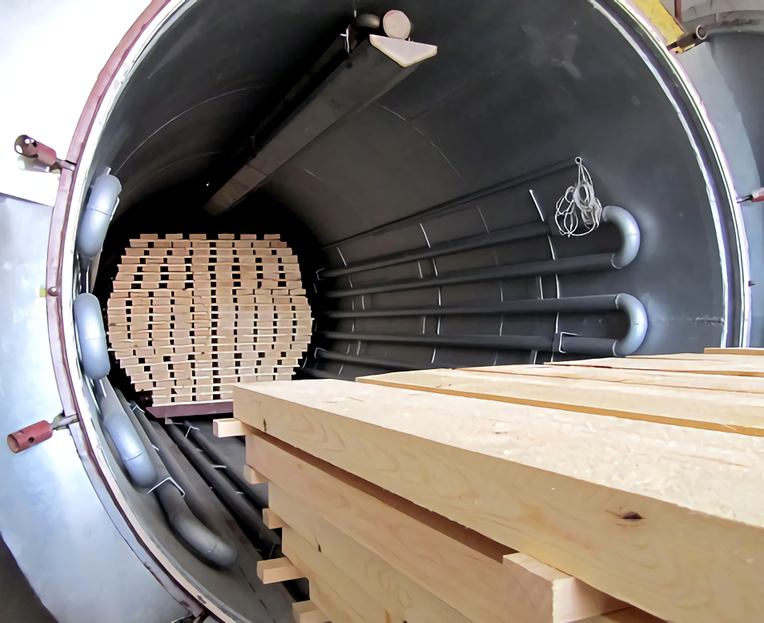
Bend
Probably, almost all of you have seen such beautiful tables and chairs with curved legs.
It looks very impressive. If these legs are cut-cut, they will be much less durable, because the longitudinal integrity of the fibers will be compromised. It is best to achieve this form by bending the wood. And so that the blanks do not break, you must first increase their plasticity. The production uses chemical plasticization of wood, and only one method is usually available to amateurs: first moisten the wood and then heat it, after which you can gradually bend the workpiece.
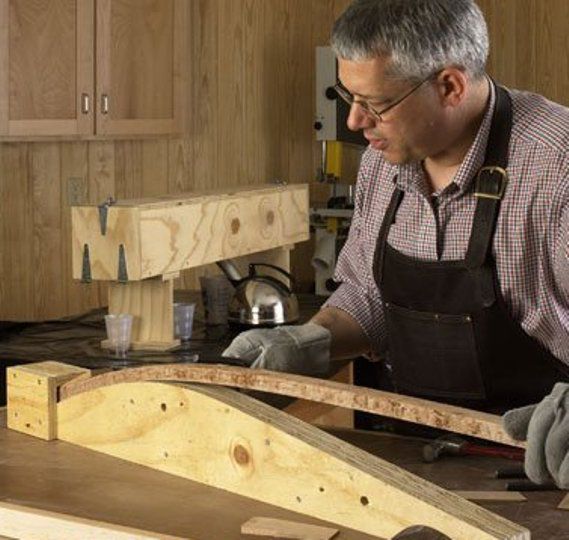
Milling
Very useful and often necessary operation in woodworking. If we are talking about furniture, then, at a minimum, you will have to mill the edges of the products, rounding them out (I do not consider the option of manually processing them with kalevka). To do this, you will need a hand mill, which would be good to supplement with a milling table with a more powerful machine installed in it. However, at first, more than one milling machine of average power is enough, if necessary putting it on the table or using it manually.
Drilling
To connect the parts, you will need to make holes in them for fasteners - screws or dowels. The usual hand drill you can hardly do it smoothly and gently, besides often you need to drill holes in the ends. Ideally, you should have a drilling machine. Option "for the poor": stand, in which the hand drill is clamped, which is lowered manually. Both options will help you to make the holes much more accurate and accurate, and even easy to do.
Veneering
Previously, this term was called the procedure of pasting joinery with plywood - thin sheets of wood of other, more valuable varieties. Now we mean by "plywood" multilayered glued shields, and thin wood sheets are called "veneer". Accordingly, instead of “veneering” today, many say “veneering”. With the help of veneer, you can give a beautiful, even exquisite look to products from “simple” types of wood growing in our latitudes. For example, oak veneer can be pasted over furniture made of birch. By the way, today very many samples of furniture, including the "elite" foreign ones, are in fact pasted over with veneer of more valuable species and are sold as made of solid wood, at much higher prices.
For beginners, I do not recommend immediately dealing with veneer labeling, since this is a non-trivial task, requiring skill, patience, and in the case of large details, also serious equipment in the form of powerful presses or vacuum bags for uniform gluing of veneer.
Gluing and protective and decorative coating
These are the basic operations after the manufacture and assembly of the parts themselves. And to fulfill them you need certain conditions. A shed is not a house, it is not heated. When I started to do woodworking, I realized that I could neither pokleit nor paint it, because it was already winter outside and it was too cold in the workshop, it was impossible even to store materials at this temperature. At the same time in a cold workshop and work uncomfortable.
This, of course, made me very upset because it would be quite expensive to warm the barn. And I recommend that you either take care of warming at once, or in the cold season to do gluing and painting in other rooms, warm.
Connections
In the carpentry business, there are many types of connecting parts with each other, differing in practicality, durability, aesthetics and durability. I will not talk about all kinds in detail, this is a topic for a whole book. Most often, the parts are mechanically connected to each other using grooved or studded joints, which are coated with glue.
Everyone knows about purely mechanical connections: the parts are fastened to each other with the help of screws, self-tapping screws, eccentric connections, and other metal devices.
Workshop equipment
After spending a couple of years in a barn with an unnecessary basement, I placed all the machines in the workshop and made a setup for dust removal: I took a construction vacuum cleaner and installed a cyclone filter on a two-hundred-liter metal barrel. Great! Now there will be no dust. And then he realized: the vacuum cleaner consumes 1.5 kW, another 2 kW miter saw, not counting other devices, looked at the wire with sadness, through which electricity was brought to the shed, and realized that I could not do anything. I turned to electricians and asked them to draw a three-phase line for me. These wonderful guys dynamite me for a long time, and I think I won’t be able to defeat them, I’ll have to go to another place.
I started arranging the workshop with a workbench. And in the end he made it not in the place where the dust removal failed, and I had to move the vacuum cleaner.
The miter saw is deepened so that its own table is flush with the workbench. Thanks to the folding table top, a whole sheet of plywood can be placed here, which can be conveniently cut.
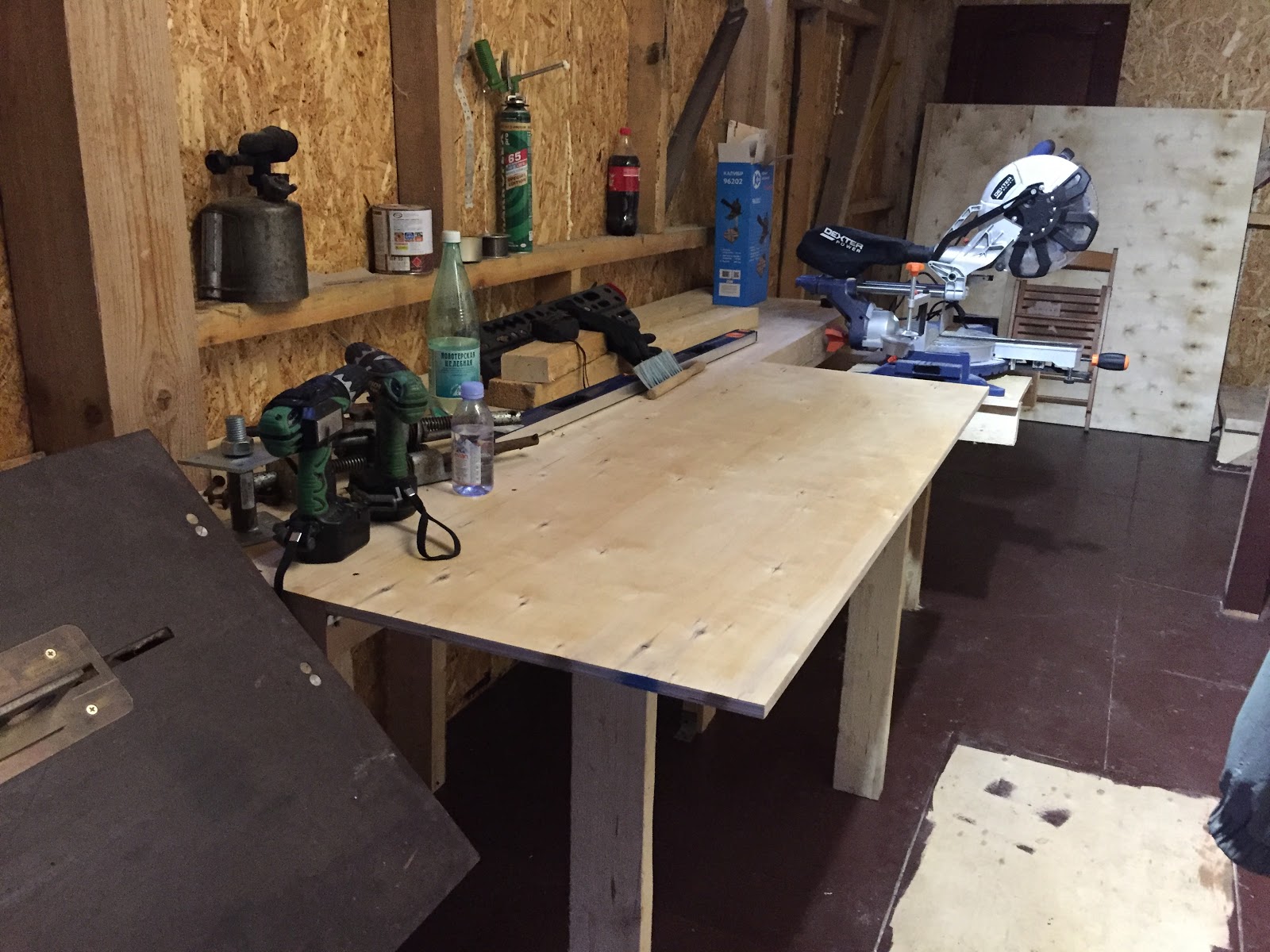
Then I set the grip, spent a lot of time on it. The drill stand is not fixed yet, but is also built into the worktop, it is convenient to use it for drilling the end holes.
Due to insufficient power supply, I didn’t even launch the machine; I will continue to fight with the power engineers.
But all I managed to do by myself was a table for drawing sand for my daughter:
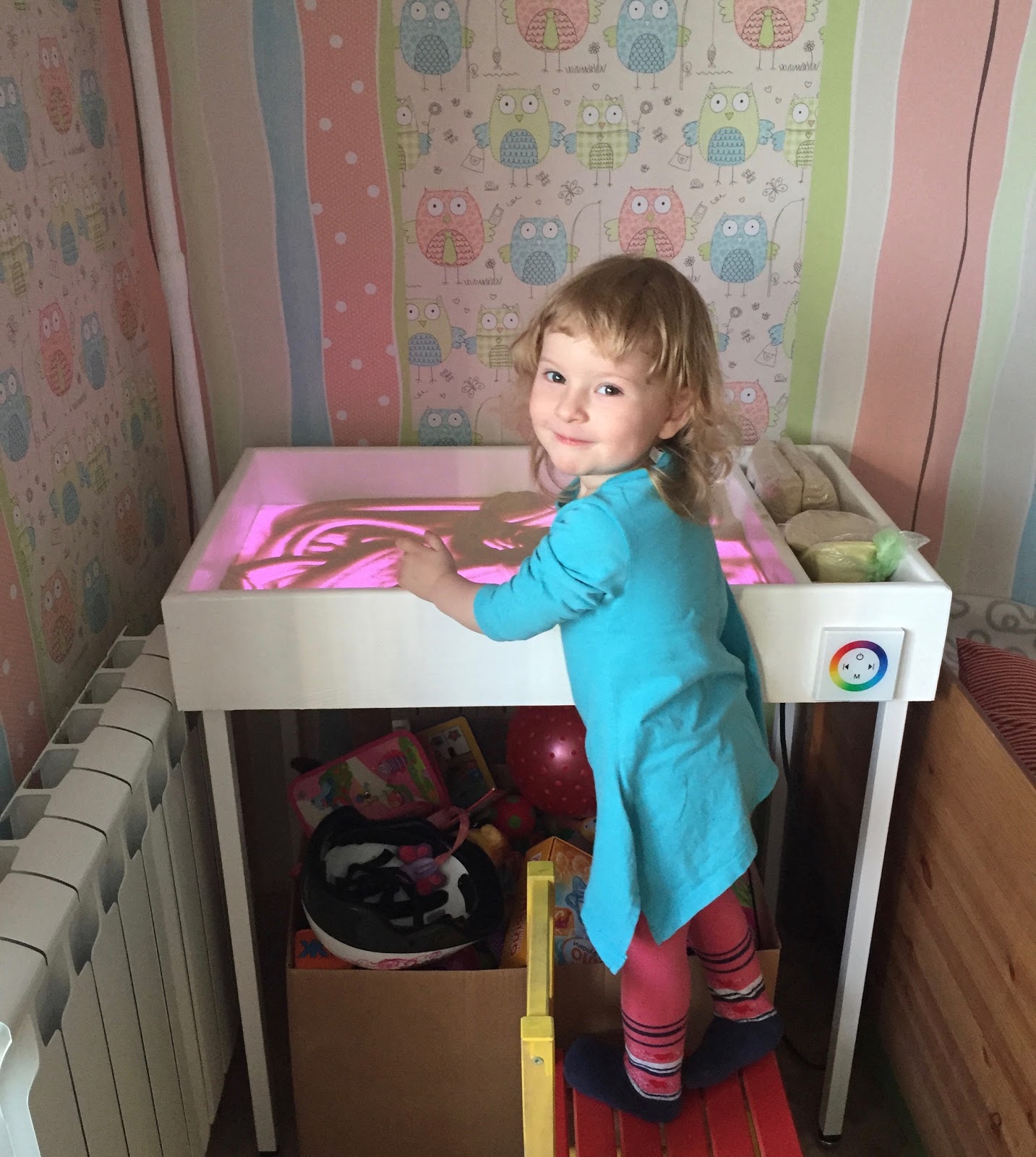
I made it fairly quickly, somewhere in 20 hours, because by that time there were all the necessary tools and accessories. Moreover, it took about 6 hours to process the blanks in order to give them the shape of a parallelepiped.
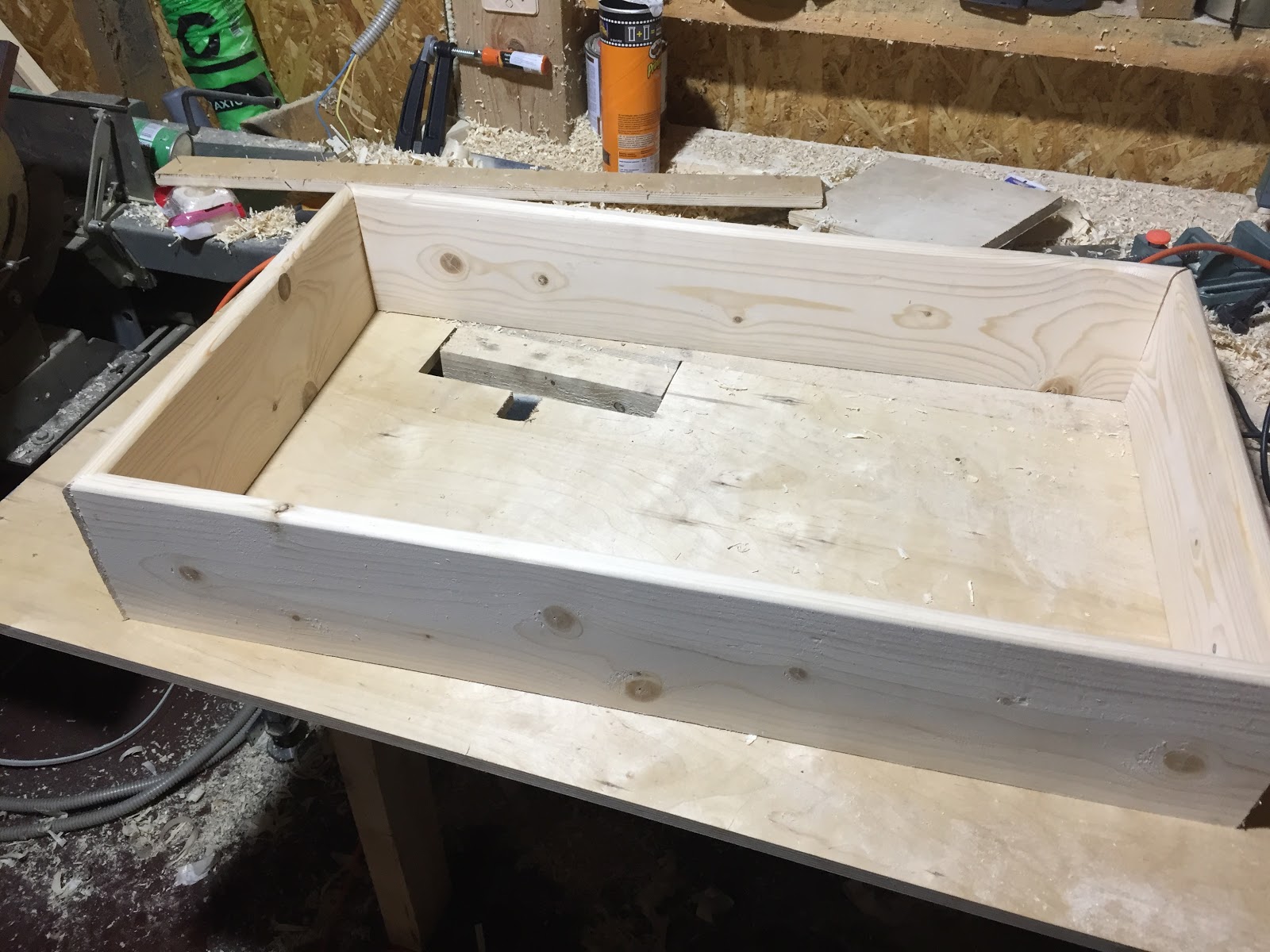
The table is simple: a box with 8 meters of LED strip, a controller and a power supply unit. At first I processed the boards, cutter processed the edge and glued the whole structure. It turned out very crooked. If you look closely, you can see in the photo that I filled the seams at the joints with a mixture of sawdust and PVA glue. But holds tight.
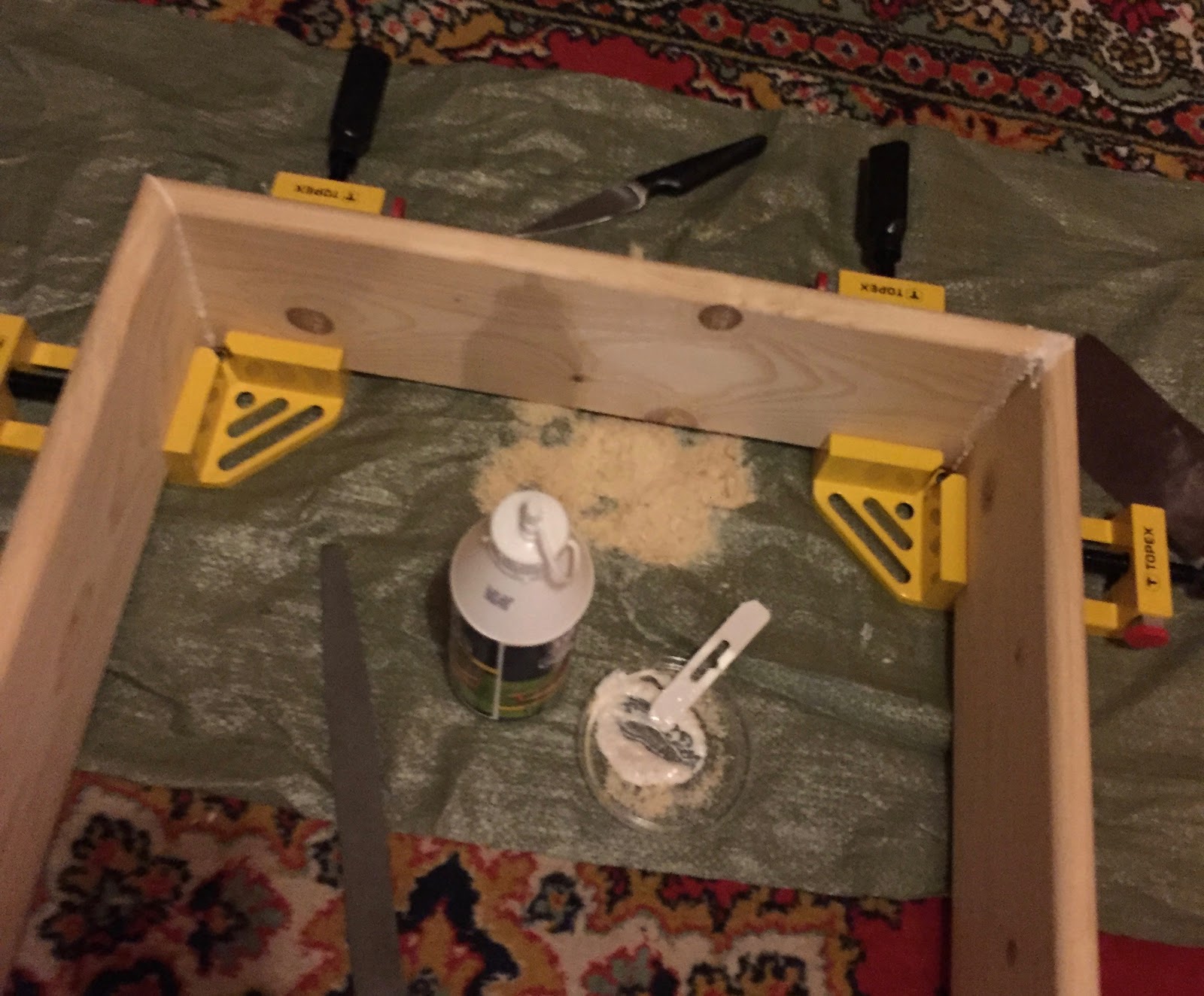
Compartment for tools and sand bolted with four nut-barrels. It was here that I realized all the benefits of the drill stand, because it is very difficult to drill in the butt.

Here you can see the screen itself, which is installed under plexiglass.
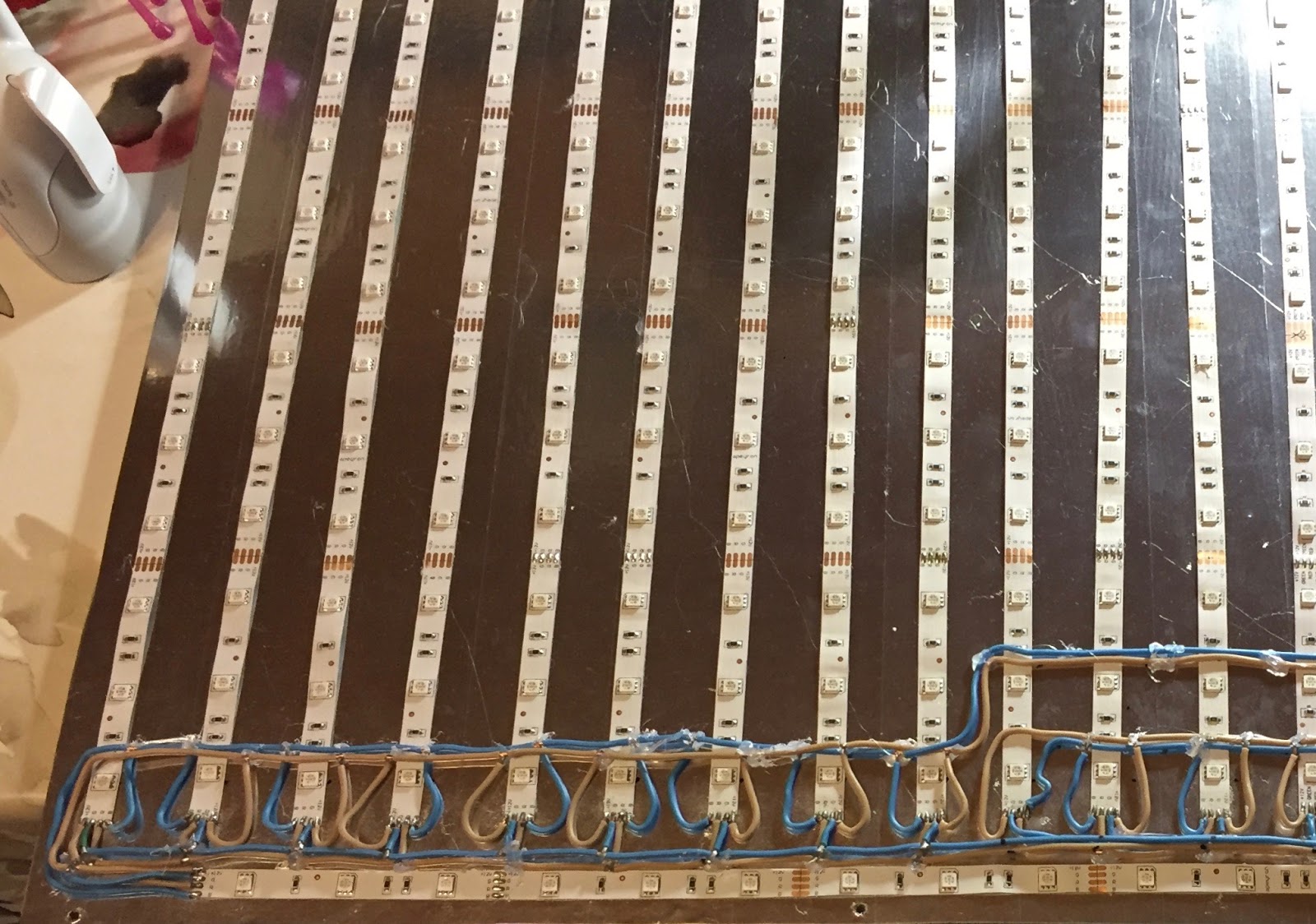
On it, on top of the aluminum tape, on the hot melt adhesive tape LED tape. I thought that the tape would work as a reflector, but it turned out that it "dilutes" the spectrum of light.
Plexiglass is easy to install. After the primary primer and painting put metal skantiki, put the glass and filled with epoxy. It sits there like a native and will not go anywhere.
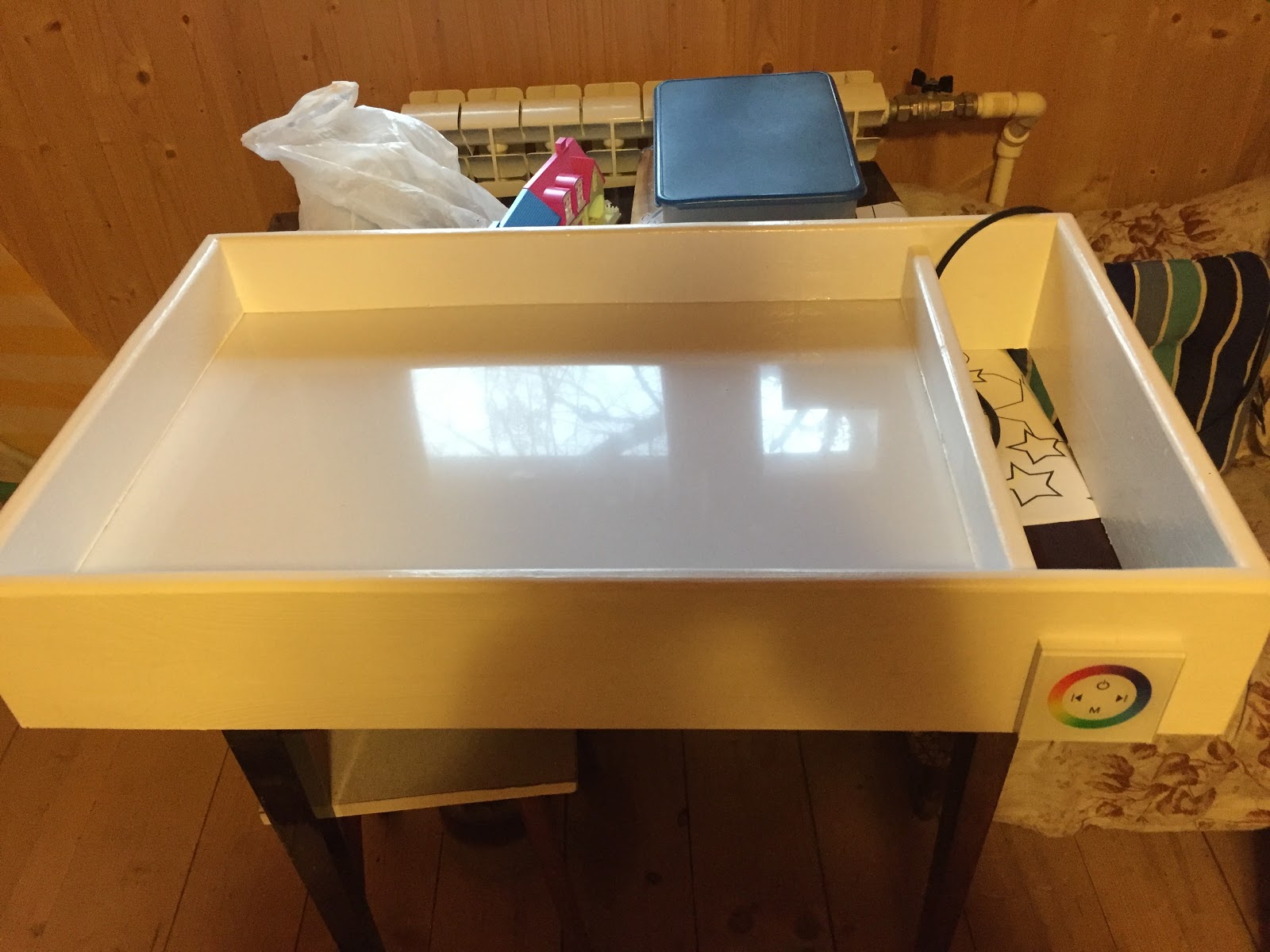
I want to make two more tables, there are already blanks for them, and try to sell, because the cost is very low. In them the most expensive - the controller and LEDs. At the same time I will work out the skills of processing such small-scale parts.
Source: https://habr.com/ru/post/444816/
All Articles